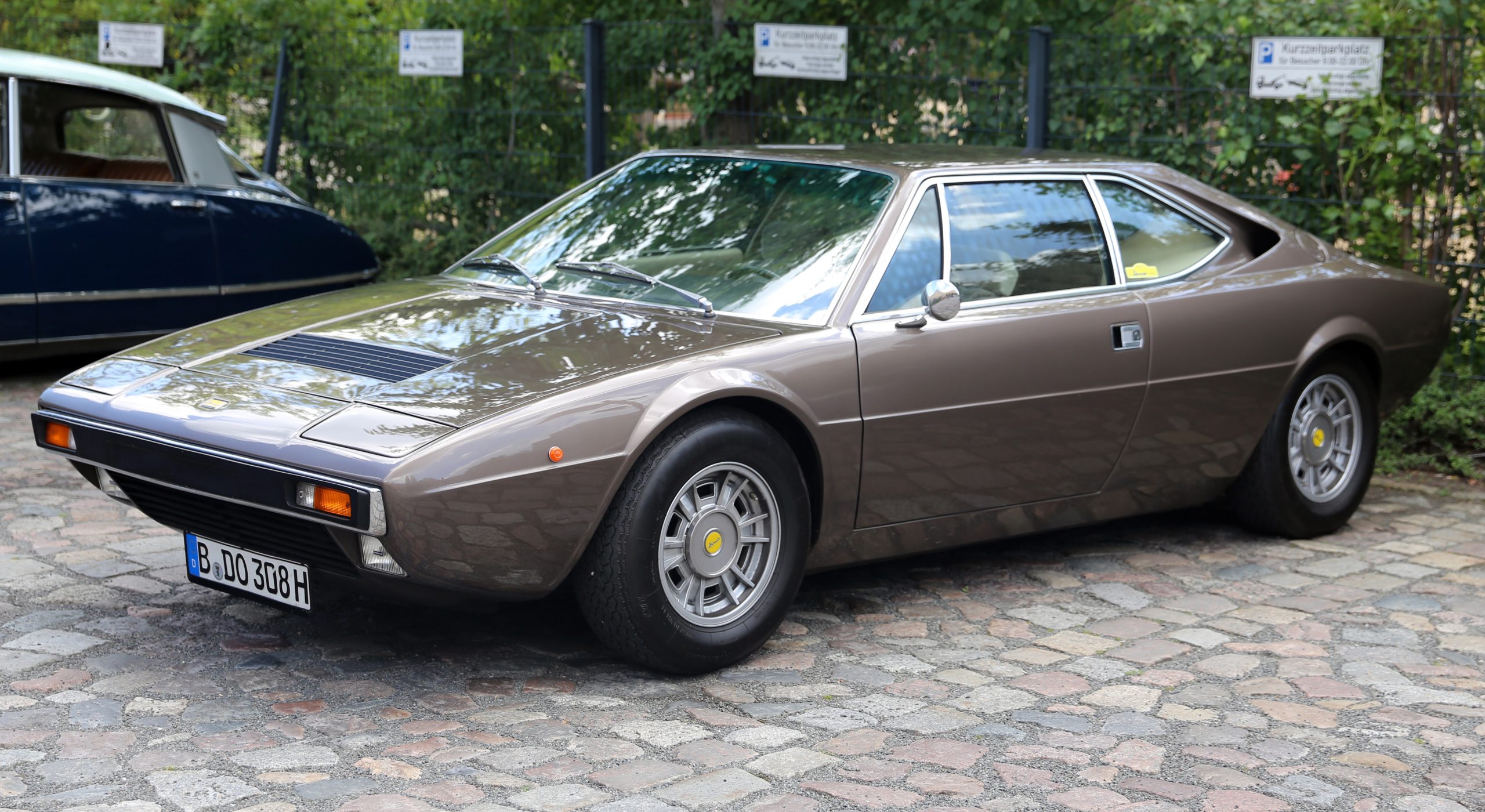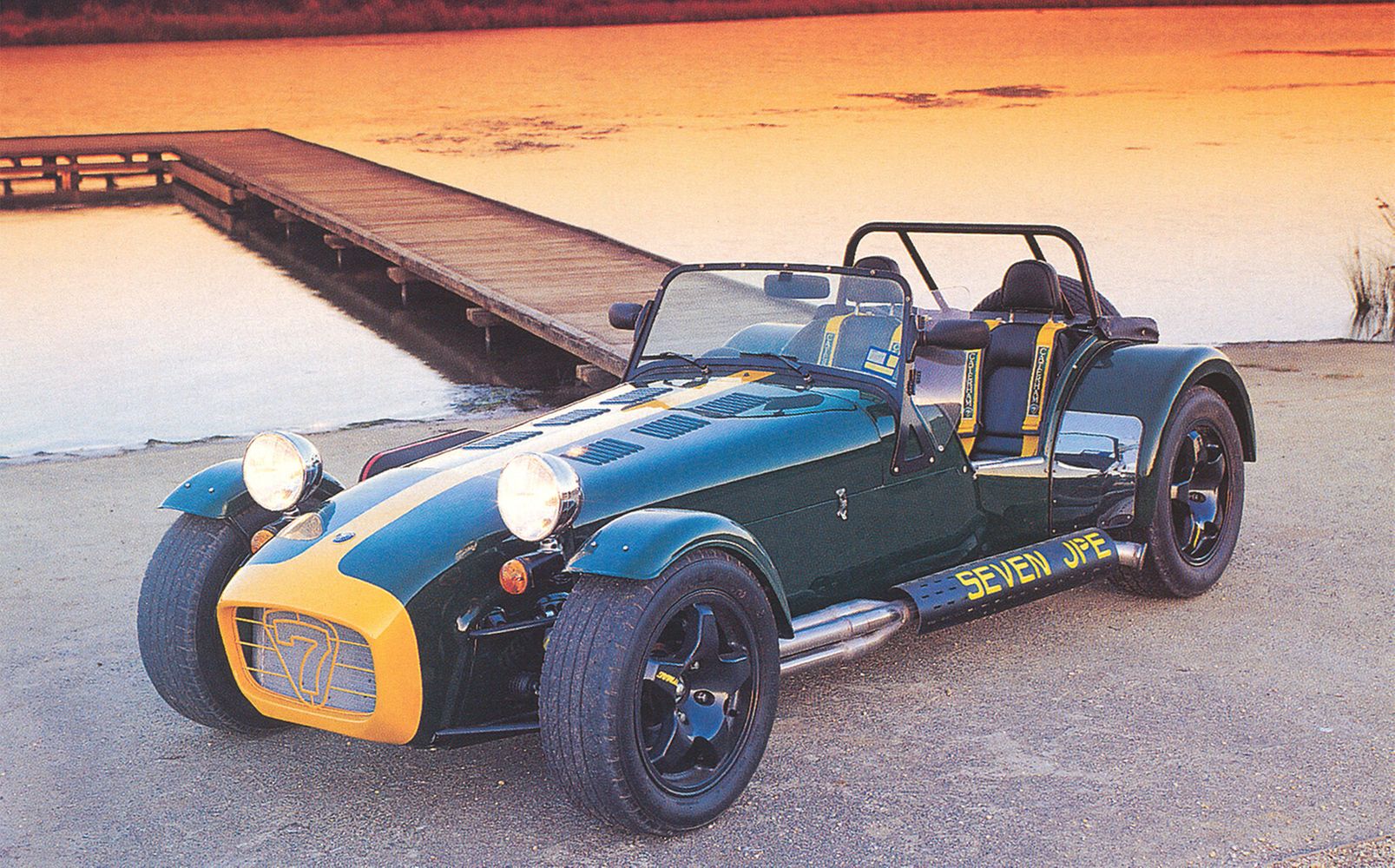When we think of sports cars, what typically comes to mind are powerful, finely-tuned machines capable of high-speed performance, intricate engineering, and a level of luxury that pushes the boundaries of what an automobile can be. However, the story of how some of the world’s most iconic sports cars reached their advanced level of performance includes an unlikely hero: the motorcycle engine.
While car engines and motorcycle engines are distinct in their design, size, and power delivery, the integration of motorcycle engines into sports cars has influenced automotive engineering in ways that continue to shape the high-performance car market today.
At the heart of this revolution lies the adaptability and power-to-weight ratio of the motorcycle engine. By borrowing the lightweight and high-revving characteristics of motorcycle engines, car manufacturers were able to create cars with unprecedented agility, speed, and efficiency.
The transition from motorcycle engines to sports cars wasn’t simply a matter of “slapping” a motorcycle engine into a car chassis. It required a deep understanding of both vehicle dynamics and mechanical engineering, as well as a willingness to think outside the box.
Also Read: Top 10 High-Performance Automatic Cars of 2025
This led to the creation of cars that were not only faster but also more responsive, with a level of handling that was more akin to the precision of a motorcycle than a typical automobile.
Over the years, several innovative sports car manufacturers began to incorporate these high-performance motorcycle engines into their designs, ushering in a new era of sports car performance. The combination of lightweight, a higher power-to-weight ratio, and the ability to handle extreme speeds with exceptional precision changed the course of automotive design.
This article explores how the motorcycle engine made its way into the world of sports cars, the key developments that led to its adoption, and the cars that made history with this revolutionary engine type.
By examining this unique intersection between two-wheel and four-wheel engineering, we can better understand the future possibilities of sports car innovation.

The Rise of Motorcycle Engines in Automotive Engineering
The roots of incorporating motorcycle engines into cars date back to the early 20th century, when performance car manufacturers began to seek ways to increase the speed, agility, and efficiency of their vehicles. Motorcycle engines, particularly those used in racing, offered a significant advantage due to their lightweight construction and high-revving capabilities.
In many cases, the motorcycle engine could provide more power while weighing less than traditional car engines, which had become heavier and bulkier as they evolved. The idea of integrating these high-performance engines into cars was not an immediate shift, but a gradual realization that smaller engines could offer more power and better handling.
One of the first pioneers in adapting motorcycle engines for sports cars was the renowned Italian manufacturer, Fiat. In the early 1950s, Fiat began experimenting with lightweight engines that could achieve higher revolutions per minute (RPM), a characteristic of motorcycle engines.
These engines provided more efficient fuel consumption, enhanced acceleration, and a greater sense of control over the vehicle. Fiat’s experiments paved the way for other manufacturers to explore similar technologies, proving that a smaller, more efficient engine could outperform larger, more conventional car engines in certain areas.
The concept of a motorcycle engine powering a car was taken further in the 1960s with the rise of experimental sports cars, particularly in the European market. Manufacturers like Lotus, Ferrari, and Alfa Romeo began to use lightweight engines in an attempt to shave off pounds from their vehicles, creating faster and more nimble machines.
The shift toward using motorcycle engines in cars was also driven by the growing importance of fuel efficiency, which was becoming more of a concern for manufacturers as regulations around emissions and fuel consumption tightened.
By the late 1960s and early 1970s, manufacturers had fully embraced the idea that smaller, high-revving engines could offer not only weight savings but also performance advantages.
The high-revving nature of motorcycle engines allowed manufacturers to build sports cars that could achieve high speeds without the need for large, heavy engines. This was particularly evident in the engineering of mid-engine sports cars, which benefited from the compact nature of motorcycle engines.

Technological Advancements in Motorcycle Engines for Sports Cars
The integration of motorcycle engines into sports cars didn’t happen simply because of their size and weight advantages. The technology behind motorcycle engines, particularly the ones used in racing, offered several other characteristics that made them highly appealing to sports car engineers.
One of the biggest advantages of motorcycle engines is their ability to achieve extremely high RPMs, often in the range of 12,000 to 15,000 RPM or more. This meant that sports cars powered by motorcycle engines could accelerate more rapidly, offering exceptional throttle response and agility in tight corners.
In addition to the high RPM range, motorcycle engines are designed with a focus on efficiency and power delivery. The combination of these two features allows a sports car to not only achieve high speeds but also maintain them over longer distances without experiencing a significant loss in performance.
Motorcycle engines also tend to have a much better power-to-weight ratio compared to traditional car engines, which allows for better handling and cornering at high speeds. This was particularly important in the world of motorsport, where even a fraction of a second can make the difference between victory and defeat.
Motorcycle engines are also typically smaller in terms of displacement, but they compensate for this by utilizing high-performance components such as turbochargers, advanced fuel injection systems, and multi-valve configurations.
These innovations allowed sports car manufacturers to extract more horsepower from a smaller engine, enabling cars to be both lighter and faster. The improved combustion efficiency and the ability to rev higher also contributed to better fuel efficiency, an increasingly important factor as fuel costs rose and environmental concerns became more pronounced.
The compact nature of the motorcycle engine also allowed for better chassis design, particularly when paired with a mid-engine layout. This was key to improving weight distribution and handling in sports cars. In the 1980s and 1990s, companies like Lotus and Ferrari began experimenting with motorcycle engines in their high-performance models.
The addition of these engines not only helped reduce overall weight but also contributed to a more balanced and responsive driving experience.

Motorcycle Engine-Powered Sports Cars: Case Studies
While the idea of integrating motorcycle engines into sports cars has been met with some skepticism over the years, there are a few key examples where this approach has been implemented with great success. One of the most famous examples is the Lotus 7, which first debuted in the 1950s.
The original model was powered by a small, efficient engine, and over the years, many iterations of the Lotus 7 were produced with smaller, higher-performance engines, including some with motorcycle engines. The lightweight construction of the Lotus 7, combined with its high-revving engine, made it a formidable competitor on both the road and the track, proving that smaller engines could offer a serious performance advantage.
Another example of a motorcycle engine-powered sports car is the Caterham 7, a direct descendant of the Lotus 7. Caterham, the company that now manufactures the Lotus 7, has embraced the use of high-revving, lightweight engines in their models.
While not exclusively powered by motorcycle engines, the Caterham 7 has often used engines with similar characteristics to those found in motorcycles, such as small displacement, high RPMs, and excellent power-to-weight ratios. This has allowed the Caterham 7 to maintain its reputation as a lightweight, agile, and fast sports car.
Perhaps the most iconic example of a motorcycle engine influencing sports car design is the Ferrari 308 GT4, which was introduced in the 1970s. Although the Ferrari 308 GT4 did not use a motorcycle engine directly, the design of its V8 engine was influenced by the same principles that made motorcycle engines so appealing.
Ferrari engineers looked to the lightweight and high-revving characteristics of motorcycle engines when designing the 308 GT4’s engine, which was compact, efficient, and capable of high RPMs. The result was a car that could achieve excellent performance without the need for a massive engine, making it a revolutionary vehicle in the history of Ferrari.
In the world of high-performance racing, the Radical SR3 is a notable example of a sports car that uses a motorcycle engine. The Radical SR3, which has been used in various racing events, is powered by a Suzuki Hayabusa engine—one of the most powerful motorcycle engines ever made.
The use of a motorcycle engine in the Radical SR3 allows the car to achieve an incredible power-to-weight ratio, which is crucial in racing environments. The car’s design is optimized for track performance, with a lightweight carbon fiber chassis and suspension that allows it to handle the extreme speeds and sharp turns encountered in racing.

The Future of Motorcycle Engines in Sports Cars
As automotive technology continues to evolve, the integration of motorcycle engines into sports cars may become more common, particularly as manufacturers look for ways to create cars that are lighter, more efficient, and capable of reaching even higher performance benchmarks.
With the rise of electric powertrains and hybrid technologies, the idea of combining the best of both worlds—the efficiency and performance of motorcycle engines with the sustainability of electric or hybrid systems—could become a key component of future sports car designs.
In fact, we are already seeing some hybrid models that incorporate motorcycle-inspired technologies, such as lightweight materials and high-revving powertrains, into their designs.
This hybridization of technology could lead to a new generation of sports cars that offer unprecedented levels of performance, efficiency, and handling. The use of motorcycle engines in electric sports cars is also a possibility, as electric drivetrains could provide the perfect complement to the lightweight and high-revving characteristics of a motorcycle engine.
Additionally, the increasing demand for smaller, more nimble sports cars that can handle tight corners and high speeds could drive further experimentation with motorcycle engines. As the world of motorsport continues to push the limits of speed and agility, we will likely see more manufacturers experiment with motorcycle engines to stay ahead of the curve.
Also Read: Top 10 Worst and 10 Best Trucks for Towing
The integration of motorcycle engines into sports cars has been a revolutionary development in the world of high-performance automobiles. By combining the lightweight and high-revving capabilities of motorcycle engines with the precision engineering of sports cars, manufacturers have been able to create vehicles that offer unmatched agility, speed, and handling.
From the early experiments of companies like Fiat and Lotus to the modern successes seen in vehicles like the Radical SR3, motorcycle engines have played a crucial role in shaping the evolution of sports cars.
As we look to the future, the continued hybridization of motorcycle and automotive technologies could lead to even more exciting innovations in the world of sports cars, making this unlikely partnership an enduring force in the world of high-performance automobiles.

